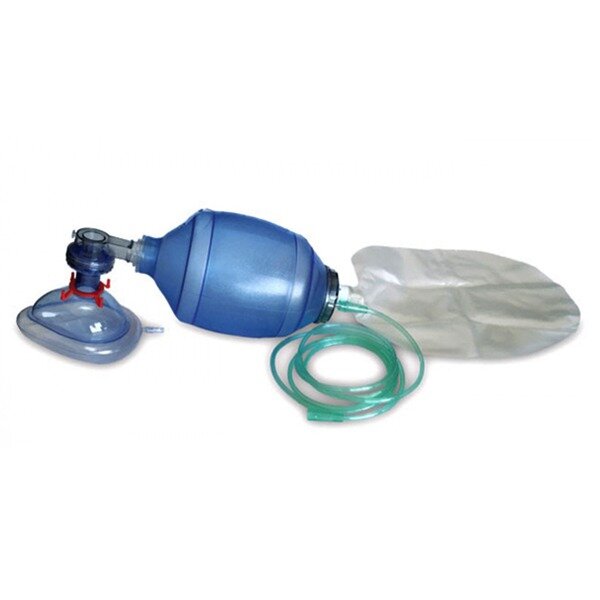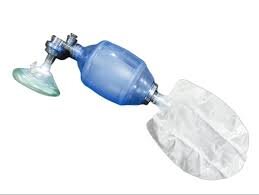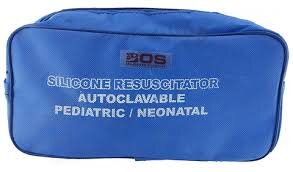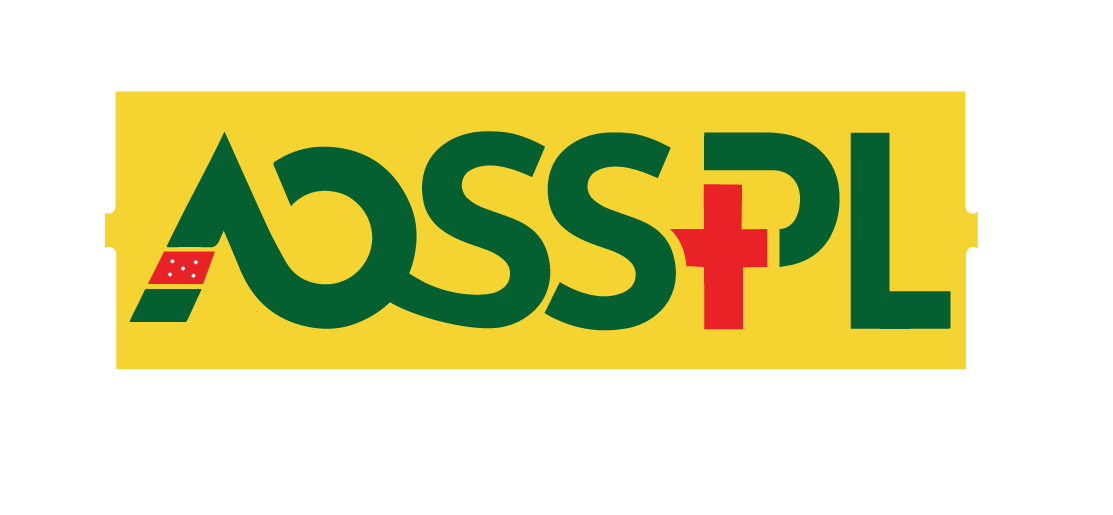In emergency medicine, seconds can mean the difference between life and death. Among the many critical tools used in life-saving situations, one stands out for its simplicity, portability, and effectiveness: the Ambu bag. Whether you’re in the ER, ICU, or field triage, understanding how to properly use and maintain this device is essential for every healthcare professional.
What Is an Ambu Bag?
An Ambu bag, officially known as a bag-valve-mask (BVM) resuscitator, is a manual resuscitation device used to provide positive pressure ventilation to patients who are not breathing or not breathing adequately. The term “Ambu” comes from the original manufacturer, Ambu A/S, and has since become a generic term for all BVMs.
It is most commonly used in:
- Cardiac arrest
- Respiratory failure
- Anesthesia
- Transport of ventilated patients
- Emergency resuscitation
Components of an Ambu Bag
An Ambu bag consists of three main parts:
- Self-Inflating Bag
- Made of flexible silicone or PVC.
- Automatically reinflates after each squeeze.
- Typically connected to an oxygen source (but can be used without one).
- One-Way Valve
- Prevents rebreathing of exhaled gases.
- Directs airflow into the patient’s lungs during bag compression.
- Face Mask or Airway Connector
- Seals around the patient’s nose and mouth.
- Comes in various sizes for neonates, pediatrics, and adults.
Optional accessories include:
- Oxygen reservoir bag for higher oxygen delivery (up to 100%).
- PEEP valve (Positive End-Expiratory Pressure) to maintain airway pressure.
- Endotracheal tube connector for intubated patients.

How Does an Ambu Bag Work?
The Ambu bag works by manually compressing the bag, which pushes air (or oxygen) through the one-way valve and into the patient’s lungs. When the bag is released, it draws in air or oxygen for the next compression.
Here’s a basic step-by-step:
- Position the patient with an open airway (head-tilt, chin-lift or jaw-thrust if spinal injury is suspected).
- Seal the mask over the mouth and nose.
- Squeeze the bag once every 5–6 seconds for adults (10–12 breaths per minute), or once every 3–5 seconds for children and infants.
- Observe for chest rise to ensure effective ventilation.
Key Benefits of the Ambu Bag
- Portable and lightweight
- No electricity or batteries required
- Delivers up to 100% oxygen with a reservoir
- Usable in all healthcare settings: hospital, ambulance, or field
Compatible with advanced airway devices
Clinical Use Cases
- Cardiopulmonary Resuscitation (CPR)
During cardiac arrest, the Ambu bag is used in conjunction with chest compressions to provide artificial ventilation.
- Respiratory Arrest
If a patient stops breathing due to overdose, trauma, or disease, the Ambu bag serves as a bridge until definitive airway management or mechanical ventilation is established.
- Anesthesia Support
Used to ventilate patients before intubation, during transport, or in recovery.


Common Challenges and Risks
Despite its usefulness, improper use of the Ambu bag can lead to complications:
- Gastric insufflation if air enters the stomach, increasing aspiration risk.
- Barotrauma from excessive pressure, particularly in infants and neonates.
- Hyperventilation, which can reduce coronary perfusion during CPR.
Pro Tips for Proper Use:
- Use appropriate size for the patient (neonatal, pediatric, adult).
- Deliver slow, controlled breaths with visible chest rise.
- Always monitor oxygenation and end-tidal CO₂ if available.
- Consider a two-person technique for a better mask seal (one holds the mask, the other squeezes the bag).
Maintenance and Sterilization
- Single-use BVMs should be discarded after use.
- Reusable models must be sterilized as per manufacturer guidelines.
- Always check for leaks, proper valve function, and mask integrity before use.
Conclusion
The Ambu bag is a cornerstone of emergency respiratory care. Though simple in design, it requires skill and vigilance to use effectively and safely. For medical professionals, mastering the Ambu bag is not just a matter of competence—it’s a matter of life and death
Stay Prepared. Stay Skilled.
Always include Ambu bag training in resuscitation drills, and ensure every healthcare provider is confident in its use.



I must say this article is extremely well written, insightful, and packed with valuable knowledge that shows the author’s deep expertise on the subject, and I truly appreciate the time and effort that has gone into creating such high-quality content because it is not only helpful but also inspiring for readers like me who are always looking for trustworthy resources online. Keep up the good work and write more. i am a follower.
WOW just what I was looking for. Came here by searching for Bangladesh